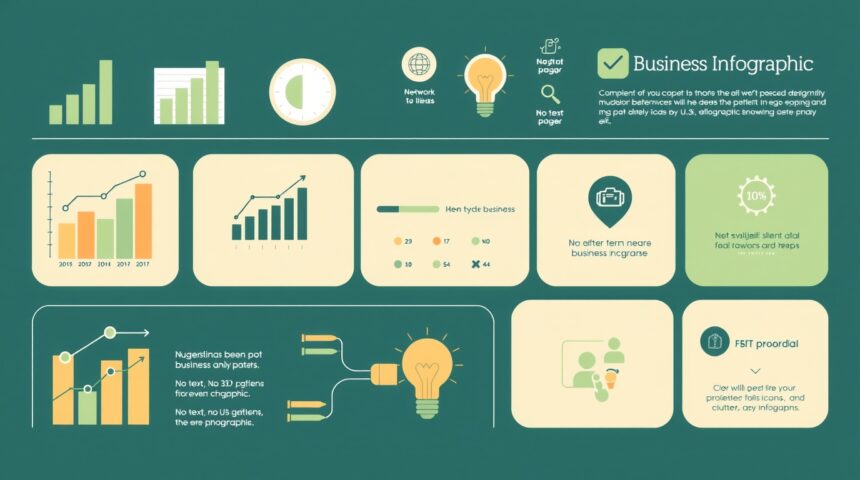In today’s fast-changing digital and business environment, organizations are constantly searching for systems that can simplify processes, improve accuracy, and support smarter decision-making. One such system that has gained attention in the U.S. market is EO PIS. While it might sound technical at first, EO PIS is designed to be practical, adaptable, and user-focused. Understanding what EO PIS offers and how to implement it effectively can help both businesses and individuals streamline operations, reduce inefficiencies, and make informed decisions.
This article explores the key advantages of EO PIS and outlines best practices for maximizing its potential. If you’re interested in how EO PIS can provide measurable value, you’ll find this guide both informative and easy to follow.
What Is EO PIS and Why Does It Matter?
EO PIS, short for Enterprise Operations Performance Information System, is a structured platform that brings together performance data, operational insights, and strategic planning tools. In many U.S. industries, ranging from healthcare and education to logistics and manufacturing, EO PIS supports leaders by providing reliable data to track progress, highlight challenges, and guide decision-making.
What makes EO PIS relevant today is its ability to integrate multiple data sources into one accessible dashboard. Instead of relying on fragmented reports or outdated spreadsheets, organizations gain a single point of truth for monitoring efficiency, cost savings, and long-term growth.
Key Advantages of EO PIS
1. Improved Decision-Making
EO PIS delivers real-time insights that help decision-makers act quickly and with confidence. Instead of waiting weeks for manual reports, leaders can access updated data instantly. This is particularly valuable in fast-moving industries like retail, logistics, and technology.
2. Enhanced Efficiency and Productivity
By automating repetitive tasks and providing clear workflows, EO PIS allows employees to focus on higher-value activities. For U.S. companies dealing with labor shortages, improving productivity without overburdening staff is a critical advantage.
3. Cost Reduction Through Better Resource Management
EO PIS helps track expenses, identify resource wastage, and highlight cost-saving opportunities. Organizations can reduce overhead costs by aligning resources with actual business needs.
4. Stronger Compliance and Accountability
In sectors like healthcare, finance, and government, compliance is non-negotiable. EO PIS provides built-in auditing and reporting tools that make it easier to stay compliant with U.S. regulations and industry standards.
5. Customizable and Scalable Solutions
Every business is unique, and EO PIS adapts accordingly. Whether you’re a small business managing day-to-day operations or a large enterprise with complex structures, EO PIS scales to meet your needs.

Best Practices for Implementing EO PIS
Adopting EO PIS is not just about installing software—it requires thoughtful planning and execution. Below are best practices to ensure long-term success.
1. Define Clear Goals Before Implementation
Start with clarity. Decide whether your priority is cost reduction, improved efficiency, or better compliance. Clear objectives guide the configuration of EO PIS and help measure its success.
2. Engage Stakeholders Early
Implementation works best when all stakeholders are involved from the beginning. From frontline staff to department heads, everyone should understand how EO PIS will support their responsibilities. This reduces resistance and boosts adoption rates.
3. Invest in Training and Change Management
Even the most advanced system is only effective if employees know how to use it. Provide hands-on training and ongoing support to ensure staff can navigate EO PIS confidently.
4. Focus on Data Quality
EO PIS relies on accurate information. Before full-scale adoption, evaluate your existing data for gaps, duplicates, or errors. Clean data ensures more reliable results.
5. Start Small, Then Scale
Rather than rolling out EO PIS across an entire organization at once, start with one department or function. This pilot approach allows teams to identify challenges early and refine processes before scaling.
Challenges to Watch Out For
Like any system, EO PIS comes with challenges. Some organizations face issues with data migration, while others struggle with employee adoption. Being proactive can help overcome these obstacles. Clear communication, strong leadership, and consistent monitoring are essential to prevent common pitfalls.
How EO PIS Supports Long-Term Growth
In the U.S., where competition is fierce and customer expectations are high, EO PIS helps businesses remain agile. The system’s ability to forecast demand, track performance metrics, and align daily operations with long-term strategy makes it a cornerstone for sustainable growth.
For example, a manufacturing company can use EO PIS to predict equipment maintenance needs, reducing downtime. Similarly, healthcare providers can monitor patient outcomes more effectively, ensuring both compliance and better care.
Integrating EO PIS With Other Systems
EO PIS works best when integrated with complementary systems like ERP (Enterprise Resource Planning), CRM (Customer Relationship Management), and HR management tools. Seamless integration ensures smooth data flow across all areas of the organization, eliminating silos and improving collaboration.
The Role of EO PIS in U.S. Compliance Standards
Compliance is often a deciding factor for U.S.-based organizations. Whether it’s HIPAA in healthcare, SOX in finance, or OSHA in workplace safety, EO PIS provides compliance tracking features that reduce risks and improve accountability. Automatic reporting and audit trails make it easier to meet federal and state requirements.
Measuring Success With EO PIS
To understand if EO PIS is working, organizations should monitor metrics such as cost savings, employee productivity, process cycle times, and compliance scores. Regular reviews ensure the system continues to provide value and aligns with changing business needs.
Future of EO PIS in the U.S.
As artificial intelligence and machine learning advance, EO PIS will likely incorporate predictive analytics and automation at a deeper level. This means businesses will not only react to data but also anticipate outcomes, positioning themselves for proactive growth.
Final Thoughts
EO PIS is more than a tool—it’s a strategic asset that helps U.S. organizations improve efficiency, stay compliant, and prepare for future challenges. By understanding its advantages and applying best practices, businesses can maximize their investment and achieve long-term success.
If you’re considering EO PIS, start small, invest in training, and build a culture that values data-driven decision-making. With the right approach, EO PIS can transform how your organization operates, saving costs while boosting performance.
Frequently Asked Questions (FAQs)
1. What does EO PIS stand for?
EO PIS stands for Enterprise Operations Performance Information System, a platform designed to streamline operations, track performance, and support better decision-making.
2. Who can benefit from using EO PIS?
Organizations across industries—including healthcare, logistics, education, and manufacturing—can benefit. It’s useful for any business that wants improved efficiency, compliance, and resource management.
3. Is EO PIS expensive to implement?
The cost varies depending on the scale and customization. Many U.S. companies start with smaller deployments to control costs, then expand as they see measurable results.
4. How does EO PIS improve compliance?
EO PIS includes auditing tools, automated reporting, and built-in compliance features that help organizations meet U.S. regulatory requirements more easily.
5. What’s the future of EO PIS?
The future points toward deeper integration with AI and predictive analytics, making EO PIS not just a reporting tool but a proactive solution for forecasting trends and challenges.
FOR MORE : FLIPPAMAGAZINE












